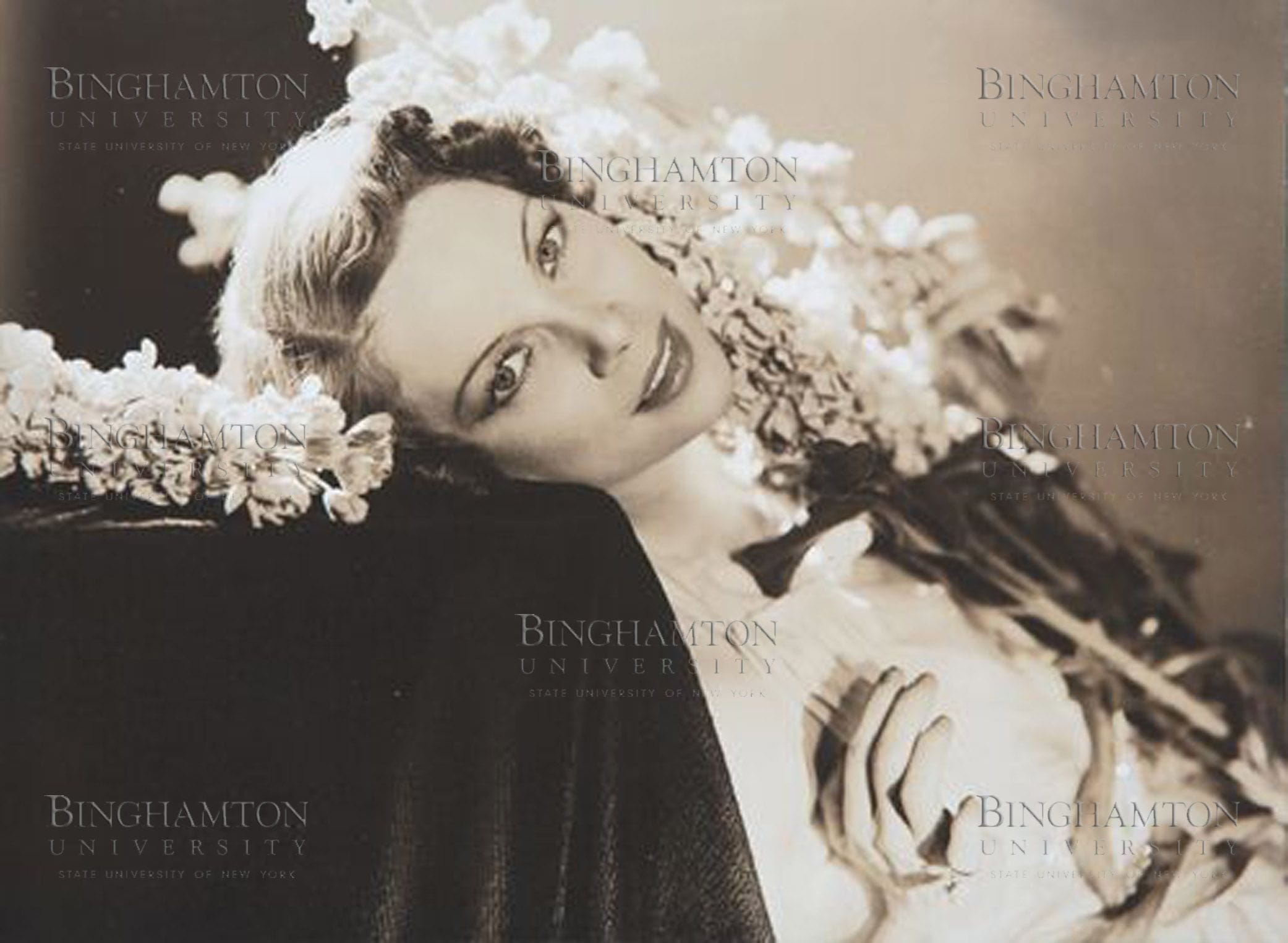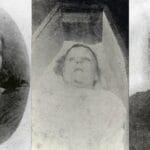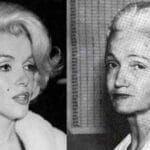Tilly Losch, a name that evokes images of Viennese grace and Hollywood glamour, led a life as captivating as any dance. Born in Vienna in 1903, her journey from the rigorous world of classical ballet to the glittering spotlight of film and high society is a tale of ambition, artistry, and reinvention. This article delves into the fascinating life of this multi-talented artist, exploring her triumphs, her tumultuous relationships, and her enduring legacy.
The Rise of a Viennese Dancer
Tilly Losch, born Ottilie Ethel Leopoldine Losch, displayed a passion for dance from a young age. Growing up in Vienna, a city steeped in musical tradition, likely nurtured her artistic inclinations. At the age of ten, she began her formal training at the prestigious Vienna Opera Ballet School. This rigorous environment demanded discipline and dedication, but Losch thrived, making her stage debut in 1913 in Wiener Walzer. By 1918, at the remarkably young age of fifteen, she ascended to the rank of coryphée within the Vienna State Opera Ballet, a testament to her burgeoning talent. She continued to hone her craft, captivating audiences with her expressive style and technical prowess, dancing notable roles such as the Chinese Lady Doll in Die Puppenfee and Princess Teaflower in Schlagobers (1924). Her performances probably hinted at the versatility and artistry that would define her later career. This period at the Vienna State Opera, from 1921 to 1928, provided the foundation upon which she would build her international reputation. In 1927, a pivotal moment arrived: an invitation to perform at the Salzburg Festival in Max Reinhardt’s production of “A Midsummer Night’s Dream.” This exposure to a wider audience and influential figures in the arts proved to be a turning point, propelling her onto the global stage. She later toured with Reinhardt to New York in 1927-28, broadening her horizons and introducing her to American audiences.
A World of Art and Intrigue
Losch’s life extended far beyond the ballet stage. Her first marriage, in 1930, to Edward James, a wealthy patron of the Surrealist movement, immersed her in the avant-garde art world. This connection likely influenced her artistic sensibilities, exposing her to new forms of expression and a circle of influential artists and intellectuals. James, captivated by Losch’s talent and ethereal beauty, founded Les Ballets 1933 as a showcase for her. This company, with George Balanchine as its choreographer, produced notable works like “The Seven Deadly Sins” with music by Kurt Weill and text by Bertolt Brecht, further solidifying Losch’s status as a prominent figure in the dance world. While the company was short-lived, probably due to the couple’s tumultuous relationship, it represents a significant chapter in both Losch’s and Balanchine’s careers.
Losch’s second marriage, to Henry Herbert, the 6th Earl of Carnarvon, placed her firmly within British high society. This connection to the Earl, whose family name is forever linked to the discovery of Tutankhamun’s tomb, adds another layer of intrigue to her already fascinating life story. These marriages, while ultimately ending in divorce, offer glimpses into the complex personal life of this remarkable woman. The divorce from James was particularly acrimonious, with accusations of infidelity on both sides, revealing the human drama beneath the glamorous surface.
From Stage to Screen and Beyond
Always seeking new creative outlets, Losch transitioned to Hollywood in the 1930s. Appearing in films like “The Garden of Allah” (1936), “Limelight” (uncredited, 1952), “The Good Earth” (1937), and “Backstage” (1937), she brought her unique elegance and expressive style to the silver screen. While her film career might not have reached the same heights as her dance career, it demonstrates her adaptability and willingness to explore different artistic mediums. This period highlights her ambition and desire to reach a broader audience through the burgeoning medium of cinema. Beyond film, Losch also explored her talents as a choreographer and painter, showcasing a restless creative spirit that defied categorization. Her choreographic work, likely influenced by her experiences with Balanchine and the avant-garde movement, probably pushed boundaries and explored new forms of movement.
A Legacy of Artistry and Intrigue
Tilly Losch’s life, though perhaps not always straightforward, left an indelible mark on the world of art. Her journey, from the disciplined training of Viennese ballet to the glamorous world of Hollywood and high society, is a testament to her talent, adaptability, and unwavering pursuit of creative expression. While some aspects of her life remain enigmatic, ongoing research continues to illuminate her contributions to dance, film, and the visual arts, ensuring that her story continues to inspire and intrigue future generations. Septimia Zenobia, another captivating figure from history, also defied convention and left a lasting legacy. Losch’s story, like Zenobia’s, reminds us of the power of individual expression and the enduring fascination with lives lived on a grand scale.
- Legalize Marinara: How a Sauce Became a Symbol (and a Side of Social Commentary) - November 22, 2024
- Lebanon Public Schools Calendar 2023-2024 & 2024-2025 - November 22, 2024
- Navigating Lucas County Property Taxes: A Guide to the Auditor’s Office Resources - November 22, 2024














